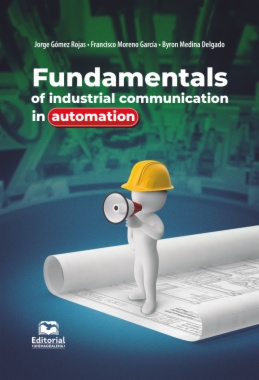This book presents an integration between communication systems and its application to industrial systems. Thus, it contributes to academic training in an up-to-date and widely used environment in the industry.
- Cover
- Front Matter
- Summary
- 1 Introduction
- 2 Context for School Reform in D.C.
- 3 Coordination, Efficiency, and Lines of Authority
- 4 Improving Teacher Quality
- 5 Learning Conditions
- 6 Outcomes
- 7 Synthesis, Conclusions, and Recommendations
- Bibliography
- Appendix A: Information Provided and Not Provided in Response to Committee Requests
- Appendix B: Sample Interview Protocol
- Appendix C: The Public Education Reform Amendment Act and Relevant Amendments
- Appendix D: Information about the Functioning of the Education Agencies
- Appendix E: Recommendations Regarding Special Education, American Institutes for Research
- Appendix F: Student Outcomes: Detailed Data
- Appendix G: Biographical Sketches of Committee Members and Staff

